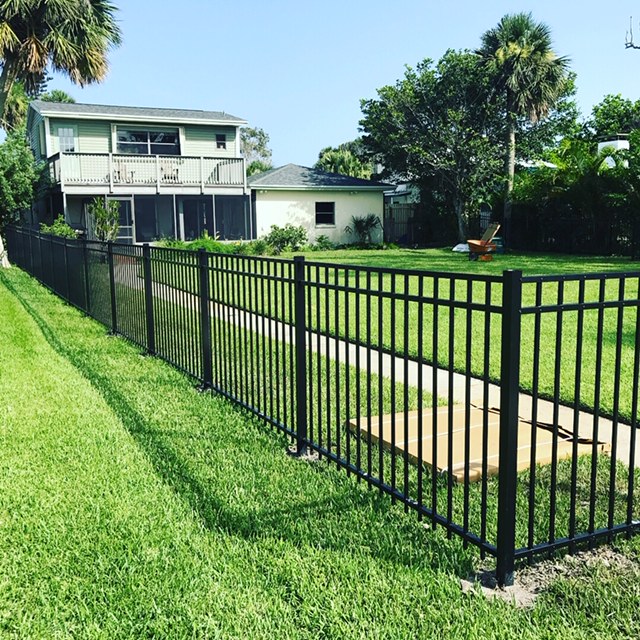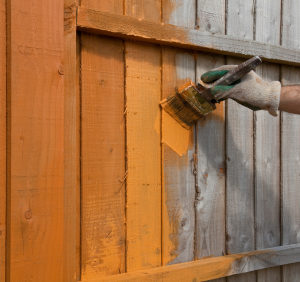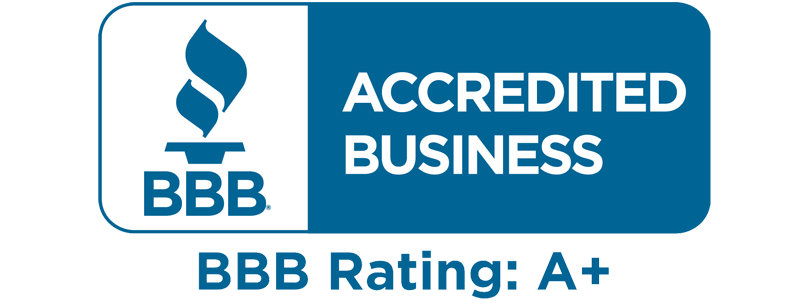Installing a fence directly on top of your property line may appeal to you if you want the maximum area available to play, plant, and relax in your yard. Whether or not doing so is actually a good idea depends on a few factors, including where you live and your neighbor’s feelings on the new fence. In this post, we’ll help you figure out how close you can build your fence to your property line and discuss common concerns related to fence placement and property usage.
What to Do Before You Install Your Fence
Get a Survey
In order to know if your fence is on your property line, inside your property line, or even on your neighbor’s property (yikes!), you’ll need a survey. Your county deed and assessor’s office may already have a copy, or you may have paid for one when you purchased your house. If not, these usually cost $500 to $1000 from a qualified surveyor. While this may seem expensive, it will save numerous headaches in the long run if you accidentally put the fence where it doesn’t belong. No one wants to rebuild their fence or address the issue in court with their neighbors!
Check Rules and Regulations
Your jurisdiction may have laws about how far back a fence needs to be set on your property, which is typically 2, 4, 6 or 8 inches from the property line. Other areas will allow you to go right up to the property line. These laws may depend on where you live; think of a subdivision with large yards where the setback won’t matter vs. an urban row home where those few inches really make a difference! You’re more likely to be permitted to build right on the property line in a densely populated area, but it varies. If you live in an area with a homeowner’s association, they may also have rules about fence placement (not to mention what type of fence you can have in your front and back yards). Check your HOA covenants to make sure you are following the regulations.
If you build a fence directly on the property line, it may mean that responsibility is shared by you and your neighbor according to the law. This is great if your wants the fence too and is happy to split the cost, but if they’re not thrilled about it, you could find yourself in a nasty legal dispute. A good rule is to practice fence etiquette and discuss any fence you plan to build with your neighbor, and this is all the more vital if you’re encroaching on a shared property line.
What to Consider If Your Fence Is Inside Your Property Line
If you install a fence inside your property line, there are a few things you should be aware of when it comes to property maintenance, ownership, and your neighbors.
Fence Maintenance
When you place a fence a few inches inside your property line, you can’t forget about the part of your property outside the fence! While your neighbors might mow the additional strip of yard on their side to be nice, it’s technically your job to make sure the grass is cut and the weeds are pulled.
If your neighbors install a fence inside their property line as well, leaving a narrow strip of grass between the two fences, you will need to decide who will maintain it and make sure there is a way to access the area. On the other hand, if your fence is right on the property line, you will have to determine if your neighbors will be responsible for fence maintenance on their side, or if you will be able to access their yard to stain or repair your fence when needed.
Prescriptive Easement
If you set a fence inside your property line and your neighbor is able to use the property outside of the line, that portion of your property may fall under prescriptive easement. Legally, this is a type of property easement that is earned by regular use of the property. While your neighbor would not gain a legal title to the land or be able to sell it, they may be able to claim a legal right to use the property. Clearly, if the property is outside of your fenced yard, it’s likely you are not regularly using it, which is where they may be able to claim prescriptive easement. This can make it difficult if you ever want to move the fence outward. It also may be an issue if you sell the house and the new owners think the property outside the fence is an issue because they don’t want to pay for unusable land.
Adverse Possession
Adverse possession is even more legally binding than prescriptive easement. If the property “trespasser” (such as your neighbor who uses the small strip of land outside the fence) has exclusive and continuous use of the property for a number of years, he or she may claim adverse possession and legally gain ownership rights of the property. If your neighbor happens to pay taxes on that property, the adverse possession can be claimed in as little as five years, although this is very uncommon in a fence scenario! Still, be aware if you install a fence inside your property line that in 10, 20, or 30 years when your home may be sold or transferred, you or the new owners may be surprised to learn that your property is not as big as it used to be.
Aside from practical matters like being able to use your full yard or abiding by local ordinances, selling your home may be impacted by the choices you make when you place a fence inside the property line.

Consult With an Expert If You’re Unsure About Fence Placement
You might want to consult with multiple people – including a realtor, your local government representative, your HOA president, your neighbors, and a fence installation professional – before making a final decision on how close you place your fence to your property line.
If you live in Florida, you have an excellent resource at your disposal! The Professional Grade Fence provides professional fence installation services and will go above and beyond to ensure all your property line questions get answered.
Give us a call at (321) 749-9884 or request a quote if you’re in need of a new wood, vinyl, or aluminum fence.












